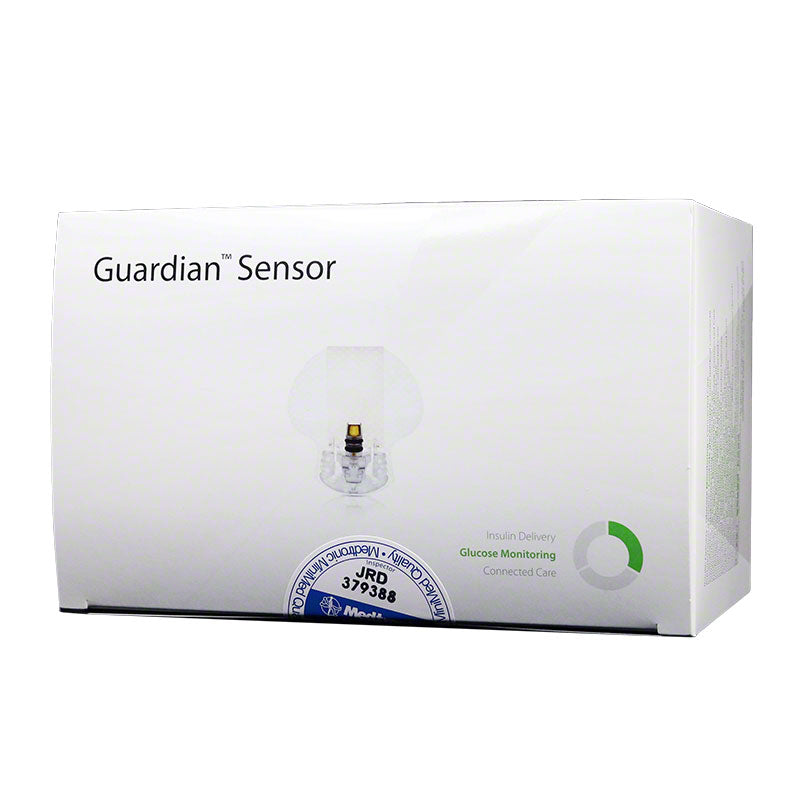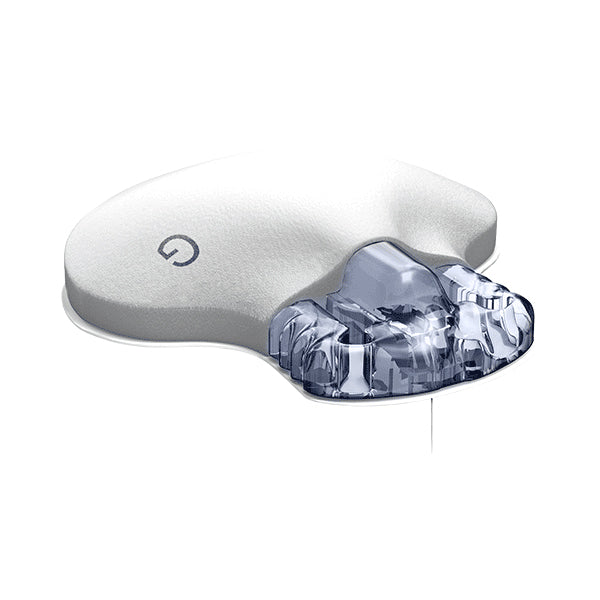Medtronic Guardian Sensor 3 FAQs
What is the Medtronic Guardian Sensor 3?
The Medtronic Guardian Sensor 3 is a continuous glucose monitoring (CGM) sensor used to track glucose levels in real-time. It works with the Medtronic insulin pumps and the Guardian Connect system to provide continuous glucose readings, helping individuals manage their diabetes more effectively.
How does the Medtronic Guardian Sensor 3 CGM work?
The sensor measures glucose levels in the interstitial fluid just below the skin. It uses a small electrode to detect glucose concentrations and transmits this data wirelessly to a receiver or compatible insulin pump. This allows users to see their glucose levels continuously and make informed decisions about their diabetes management.
How often should I replace the Medtronic Guardian Sensor 3?
The Medtronic Guardian Sensor 3 is designed to be worn for up to 7 days. It should be replaced after this period to ensure accurate glucose readings and to maintain optimal performance of the CGM system.
Can I use the Medtronic Guardian Sensor 3 with any insulin pump?
The Medtronic Guardian Sensor 3 is specifically designed to work with Medtronic insulin pumps and the Guardian Connect system. It may not be compatible with insulin pumps from other manufacturers. Always check compatibility with your specific device before use.
How do I store the Medtronic Guardian Sensor 3 before use?
The Medtronic Guardian Sensor 3 should be stored at room temperature in a dry place, away from direct sunlight and moisture. Avoid exposing it to extreme temperatures. Follow the storage guidelines provided in the product manual to ensure the sensor remains effective.
What should I do if I experience skin irritation from the Medtronic Guardian Sensor 3?
If you experience skin irritation, try removing the sensor and cleaning the area. You can also use a barrier wipe or film to protect your skin before applying a new sensor. If irritation persists, consult with your healthcare provider for advice and consider using a different adhesive or sensor placement.
Can I swim or shower with the Medtronic Guardian Sensor 3?
Yes, the Medtronic Guardian Sensor 3 is water-resistant, so you can swim, shower, and bathe while wearing it. However, it's important to ensure that the sensor is securely attached and fully dried after water exposure to maintain its effectiveness.
How accurate is the Medtronic Guardian Sensor 3?
The Medtronic Guardian Sensor 3 is known for its accuracy in monitoring glucose levels. It provides real-time glucose readings with a high degree of precision, though it's always a good practice to confirm readings with a traditional blood glucose meter, especially when making critical diabetes management decisions.
How do I insert the Medtronic Guardian Sensor 3?
Inserting the Medtronic Guardian Sensor 3 involves using an insertion device provided with the sensor kit. The process is quick and generally painless. Detailed instructions are included with the sensor, and it's important to follow them closely to ensure proper placement and functionality.
What should I do if the Medtronic Guardian Sensor 3 becomes dislodged?
If the sensor becomes dislodged, it may need to be replaced. Check the adhesive and reapply if necessary, but if the sensor continues to come loose, it is best to replace it with a new one to maintain accurate glucose monitoring.
Can the Medtronic Guardian Sensor 3 be used for children?
Yes, the Medtronic Guardian Sensor 3 can be used for children, but it’s essential to follow specific guidelines for younger users. Always consult with a healthcare provider to ensure the sensor is appropriate and safe for the child’s age and health condition.
What are the common problems with the Medtronic Guardian Sensor 3, and how can I troubleshoot them?
Common problems include inaccurate readings, sensor dislodgement, and error messages. Troubleshooting steps often involve checking the sensor's placement, recalibrating, or ensuring the sensor and transmitter are functioning correctly. Refer to the troubleshooting section in the user manual or contact customer support for detailed assistance.
How often should I calibrate the Medtronic Guardian Sensor 3?
Calibration frequency may vary based on individual needs and the specific system setup. Typically, calibration is required at least twice daily, or as instructed by your healthcare provider. Regular calibration ensures the sensor’s accuracy in providing glucose readings.
What should I do if my Medtronic Guardian Sensor 3 stops working?
If the sensor stops working, check the connections between the sensor and transmitter, ensure the sensor is within its usage period, and verify that it has been properly applied. If the issue persists, replace the sensor and contact customer support for further guidance.
How do I calibrate the Medtronic Guardian Sensor 3?
The Medtronic Guardian Sensor 3 requires calibration with a blood glucose meter to ensure accuracy. Follow the calibration instructions provided in the device manual, which typically involve entering blood glucose readings into the receiver or insulin pump at specific intervals.
What should I do if I get an error message from the Medtronic Guardian Sensor 3?
If you receive an error message, consult the user manual for troubleshooting steps. Common solutions include checking the sensor’s placement, ensuring the transmitter is properly connected, and verifying that the sensor is not expired or damaged. If issues persist, contact customer support for assistance.

